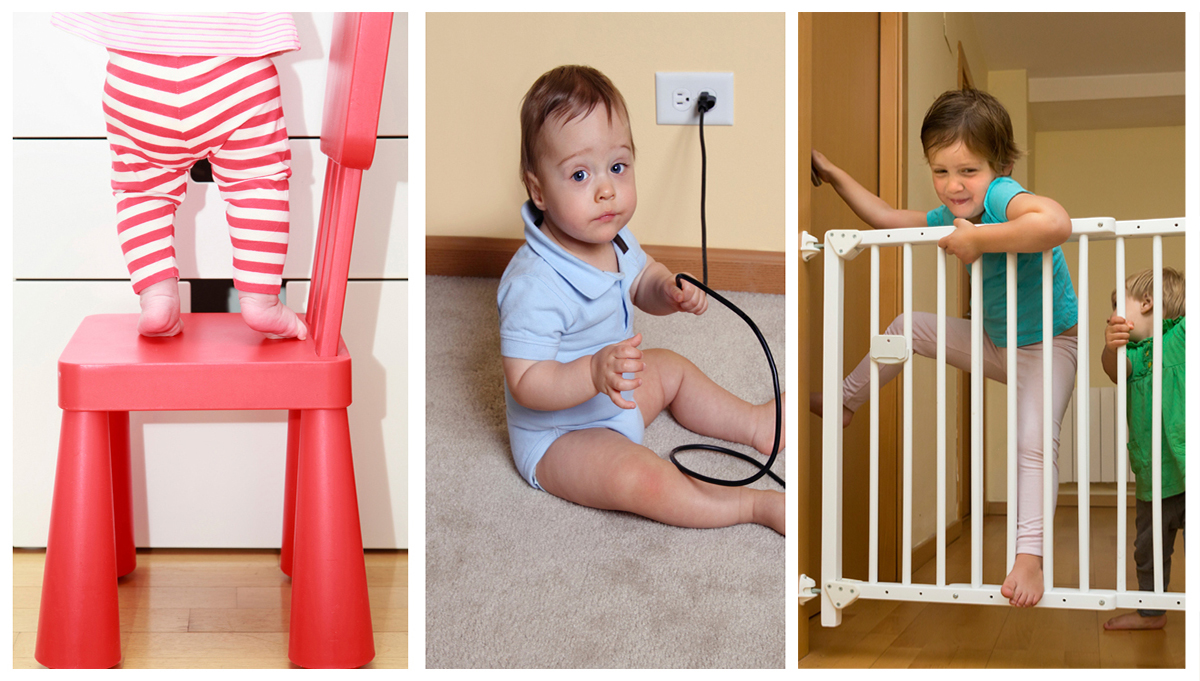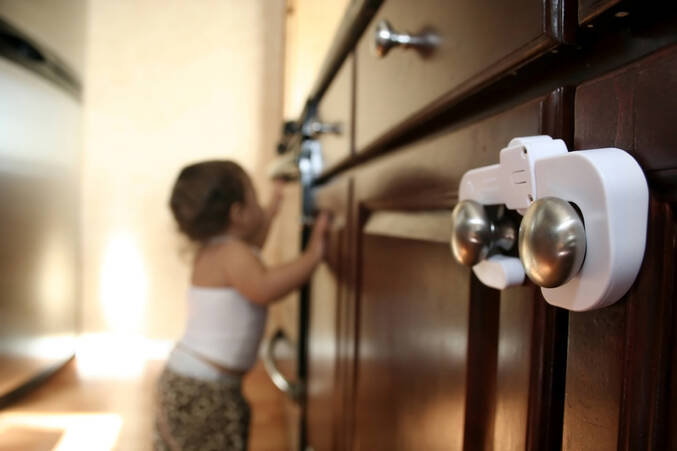Photograph: iStock
Babies and toddlers are curious creatures. They want to know why, and they want to know how. While this inquisitiveness is recommended on one hand, this streak can get them into trouble. Architect Mrunmayee Wadwekar shows us how to make these small personal journeys safe for the little people.
- Lock electrical gadgets when not in use. Use socket covers for switches. This is especially important in case of switches installed close to the floor, which are within reach of crawling babies or toddlers.
- Install gates on staircases and doors that open out.
- Railing design should not have horizontal bars that the baby can climb up on. Also the space between vertical bars should not be big enough for the baby to crawl through.
- Install locks on furniture items that can be pulled out easily, such as drawers (use products from reputed companies such as Farin and Chicco. Several baby-proofing safety items are available online).
- Bookshelves or showcases that are taller than they are wide can easily topple over. Therefore, it’s a good idea to secure loose pieces to walls.
- Some countries require that babies should have a separate bed, but if the baby sleeps with you, then you’ll need to secure your bed with a baby safety rail as well.
- Babies are inquisitive by nature, so always keep toilet door locked, or if the baby has figured out the way to unlock the door, install a toilet lock instead. This is to prevent all sorts of toys and other important stuff going down the drain, quite literally, and also to avoid damage with the potty lid slamming over tender fingers.
- It will be a good idea to keep those collectibles in storage for a while, until the toddler grows up a little.
 Fix tall pieces of furniture to the wall so that they don't topple over. Protect electrical sockets with gaurds, and secure dangling cords. Railing design should not have horizontal bars that the child can climb up on.
Fix tall pieces of furniture to the wall so that they don't topple over. Protect electrical sockets with gaurds, and secure dangling cords. Railing design should not have horizontal bars that the child can climb up on. - It is very important to keep medicines and household chemicals away from the reach of children.
- It is also sensible to secure water tanks and storage containers to avoid drowning.
- Protect furniture corners with protectors and avoid sharp edges around the house. Alternatively, you can use an edge-protector tape. These, too, are easily available online.
- When it comes to the kitchen, install locks on knife drawers.
- Keep blind cords away from the reach of children. Make sure there aren’t any dangling ends that’ll easily get a child into trouble.
- Always review the safety features from time to time as young children are quite capable of figuring out a way to get around the products.

















